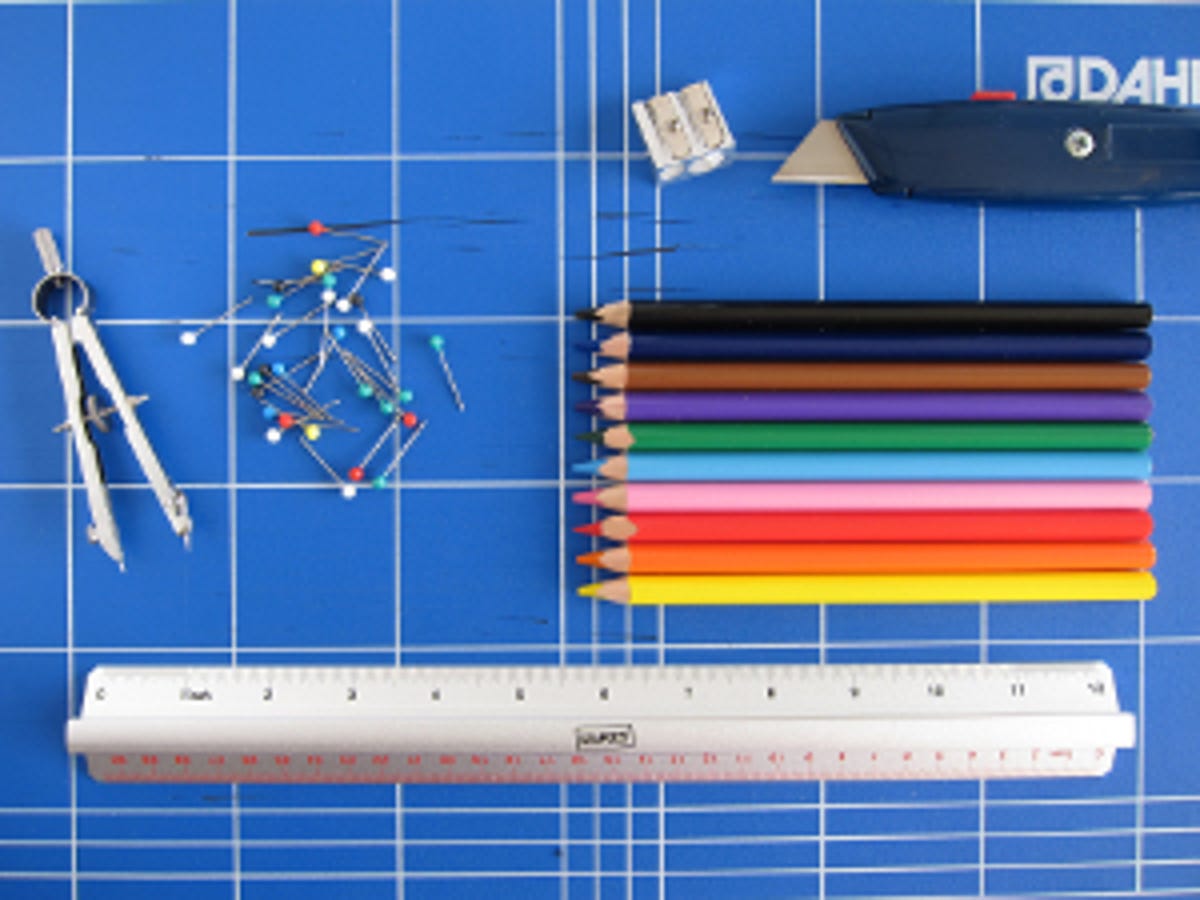 Why You Can Trust CNET
Why You Can Trust CNET Canon PowerShot S90 review: Canon PowerShot S90
The 10-megapixel PowerShot S90 is brilliant. At last, we have a compact camera that really does have dSLR-style features, really does approach dSLR image quality and really will fit in your pocket. As well as offering a straightforward interface, it's extremely well-built and elegant to boot
The pocket-sized, 10-megapixel PowerShot S90 marks the return of Canon's S series. Pitched just below the PowerShot G11, the company's flagship compact camera, the S90 boasts similar high-end features in a much smaller body. But is it really worth around £380?
The Good
The Bad
The Bottom Line
Punches above its weight
The S90 may be the mighty G11's smaller brother, but what has the G11 got that the S90 hasn't, apart from twice the bulk? Just like the G11, the S90 has the program auto-exposure, aperture-priority, shutter-priority and manual modes that professionals and enthusiasts will demand, plus a couple of dozen scene modes for the less experienced.

Like the G11, the S90 has a new 10-megapixel sensor designed for improved overall image quality and better high-ISO performance. Opting for 10 megapixels is a bold move in a market where the highest-possible resolution still seems to count for everything, but it's paid off, because, although you don't quite get digital SLR performance, you do still get excellent image quality.
The G11 has a 5x wideangle zoom, whereas the S90 only has a 3.8x zoom. But the S90 has an f2 maximum aperture, whereas the G11's is f2.8. In other words, the S90's lens has twice the light-gathering power, at least at the wideangle end of the zoom range.
The G11 has an articulating, 69mm (2.7-inch) LCD display, but the S90's is slightly larger, at 76mm (3 inches), and has the same 461,000-pixel resolution. Also, although the G11 has those rather wonderful external knobs and dials, the S90 offers an old-fashioned control ring around the lens that can be used for anything from ISO to lens-aperture adjustment, and it works beautifully.
Why all these comparisons with the G11? Because, if you're even thinking about getting a G11 (or any other high-end compact for that matter), you should look at the S90 first. You've got to wonder whether Canon has shot itself in the foot, here.
All the S90's plus points so far are backed up by really good picture quality. There's a visible drop in definition between ISO 400 and ISO 800, but, given that most compacts begin to go hazy as early as ISO 200, Canon's new sensor really is a big step forward. The S90's lens is sharp, even to the edges of the frame, and there's not much distortion or chromatic aberration, either. Note that you can shoot raw files too, and process them using the bundled Digital Photo Pro software for even better quality.
Minor complaints
'Come on,' we hear you cry, 'this camera must have some faults.' Well, it's not cheap, and Canon's trademark spinning rear controller can be as frustrating as ever. Also, rather oddly, you don't get a high-definition movie mode, even though you do on Canon's latest Digital IXUS compacts -- it can't be a question of processing power, surely?
Conclusion
The Canon PowerShot S90 has so many strengths that its weaknesses, such as they are, scarcely matter. Here at last is a compact that really does have dSLR-style features, really does approach dSLR image quality and, crucially, really will fit in your pocket. Bravo!
Edited by Charles Kloet
